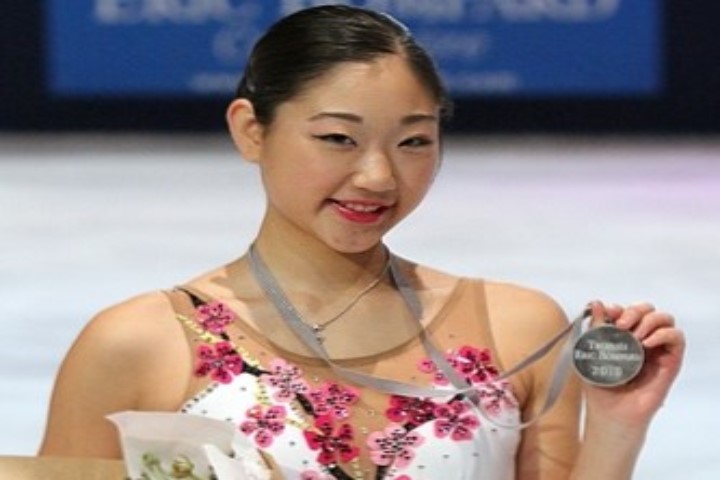Mirai Nagasu landed a triple axel in the Olympic figure skating team event, helping the U.S. team to win bronze. To get to the Olympics again, and to land one of her sport's most difficult jumps, took Olympic effort and persistence.


Mirai Nagasu landed a triple axel in the Olympic figure skating team event, helping the U.S. team to win bronze. To get to the Olympics again, and to land one of her sport’s most difficult jumps, took Olympic effort and persistence.
In advance of the singles events this week, The New York Times profiled Nagasu and her difficult journey back to the Olympic ice arena.
Nagasu was seriously questioning her future as a figure skater following a disappointing campaign to qualify for the 2014 Olympics in Sochi. Skaters are chosen for the Olympic team based on their performance at the national event and over the course of the preceding season. Judges determined that Nagasu had not performed well enough throughout the season to qualify, though she placed 3rd at the nationals.
“Nagasu cried almost nonstop in the weeks and months after being passed over. . . At 14, she was the second-youngest skater ever to win a United States championship, and then things grew complicated when her body started changing,” said the Times.
Yet, Nagasu wasn’t done yet. She found the will to continue and displayed the persistence that has come to mark her career. She moved to Colorado, began working with a new coach, started tackling the challenges of early adult life, and soon found that the she was still drawn to ice work. She credits her new coach, Agnes Zakrajsek, with helping her to look forward, rather than backward.
One of the biggest challenges she continues to face is her age. At 24, she is older than almost all of her competitors at the Olympics. Figure skaters and their coaches have long assumed that older women are incapable of learning new jumps—the best they can do is build upon what they learned as teenagers.
“Figure skaters are usually young and then just fade away,” Nagasu explained to the Times. “But I’m not a fade-away kind of person.”
Nagasu didn’t let age play into her thinking about what was possible. She couldn’t be stopped, her teammates said of her. “She’s the hardest worker I know,” says Olympic skater Vincent Zhou. “She’ll do triple axels after triple axels until [her coach] has to drag her off the ice.”
Nagasu landed a spot back on the Olympic team through gritty determination, and she hasn’t disappointed. Her triple axel in the team event was one of only three to have ever been landed successfully at the Olympics.
The support that Nagasu had around her, from coaches to parents and teammates, is what James Davison Hunter and Ryan S. Olson call a “moral ecology.” When social institutions “cluster together, they form a larger ecosystem of powerful cultural influences.” This happens in schools, among elite athletes, and in religious and social organizations. These moral ecologies encourage and sustain the kind of persistence required to overcome the adversity of being overlooked, of learning a new skill when others say you can’t, and of practicing until they have to drag you off the ice.
Coaches like Agnes Zakrajsek play a profound role in forming athletes. The Positive Coaching Alliance helps leaders to become dual-goal coaches, who make teaching life lessons just as important as winning.